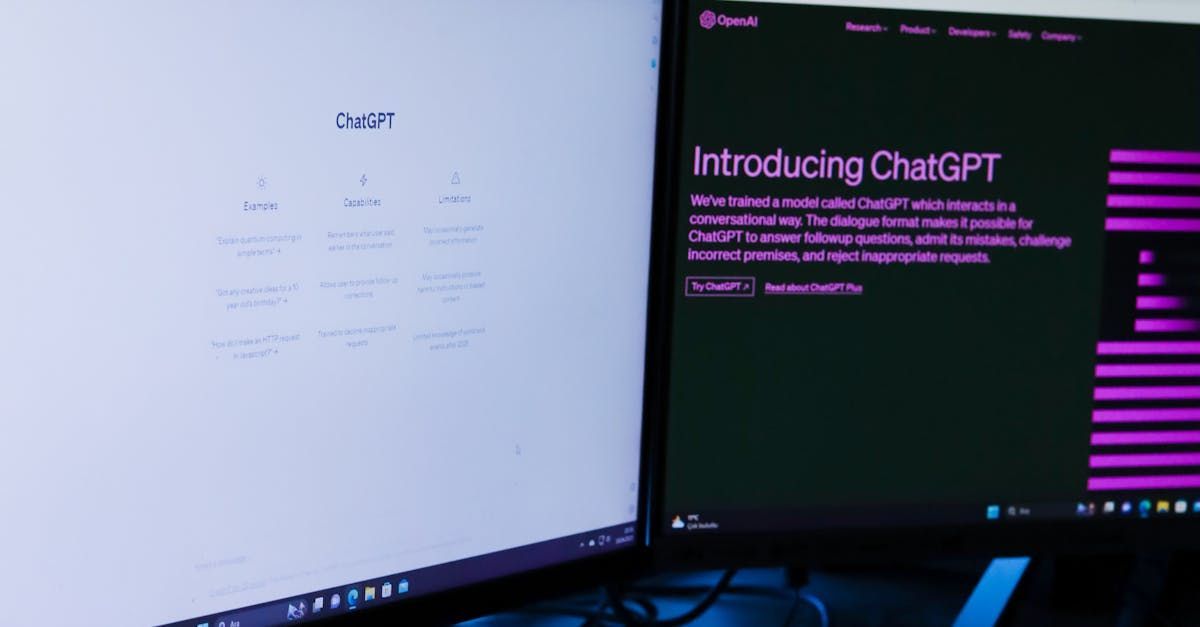NEW SCIENTISTS TECHNOLOGY
NEWSCIENTISTS
How is ChatGPT operated?
This is the handwritten explanation of ChatGPT's operation.

In spite of the fact that ChatGPT has only been widely known for a short while, its underlying algorithms have been powering numerous apps and services since 2020. Thus, in order to comprehend ChatGPT, we must first discuss the language engine that underpins it.
The two main algorithms that comprise the GPT in ChatGPT are GPT-3.5 Turbo and GPT-4, with the latter being exclusively accessible to ChatGPT Plus customers. The number is just the algorithm's version, while the GPT bit stands for Generative Pre-trained Transformer. OpenAI, the same company that created ChatGPT and the image generator DALL·E 2, built the GPT models, which are used in everything from Bing's AI features to writing tools like Copy.ai and Jasper. In actuality, the majority of AI text generators on the market now employ GPT-3, GPT-3.5, and GPT-4—though they typically remain silent while doing so.
Because ChatGPT made communicating with an AI text generator easy and, most crucially, free for everyone, it elevated GPT to a prominent position. It's also a chatbot, and since SmarterChild, people have adored good chatbots.
Although GPT-3.5 and GPT-4 are currently the most widely used large language models (LLMs), there will probably be much more competition in the coming years. For instance, Google's AI chatbot Bard is driven by Pathways Language Model (PaLM 2), the company's in-house language engine. The most recent LLM, Llama 2, was released by Facebook's parent company, Meta. Then there are other choices, such as Writer's Palmyra LLMs and Anthropic's Claude, that are targeted at larger organizations. Nevertheless, OpenAI's solution is currently the accepted industry standard. Simply put, it's the simplest instrument for folks to obtain.
Thus, GPT-3.5 and GPT-4 are essentially the answers to the questions "how does ChatGPT work?" But let's take a closer look.
What is ChatGPT?
The app ChatGPT was created by OpenAI. Based on natural language prompts you offer it, it can use the GPT language models to answer your questions, create text, generate emails, hold a conversation, explain code in various programming languages, translate natural language to code, and more—or at least attempt to. It's a chatbot, but it's an extremely intelligent one.
It's useful for OpenAI, even though it's fun to play about with if you want to compose a Shakespearean sonnet about your pet or come up with some catchy subject lines for your marketing emails. In addition to providing a wealth of real-world user data, it acts as a sophisticated demonstration of GPT's capabilities, which, absent it, may be a little hazy unless one was an expert in machine learning. (The Italian regulators' concerns over ChatGPT's data collecting led to its blocking in early 2023; however, they have since been allayed.)
ChatGPT currently provides two GPT models. Although less capable, the default, GPT-3.5, is freely available to anyone. Only ChatGPT Plus users have access to the more sophisticated GPT-4, and even they receive a restricted amount of questions each day. (At the moment, there are 25 messages every three hours, but that could change.)
The ability of ChatGPT to remember the discussion you're having with it is one of its main advantages. This implies that it can infer context from questions you've asked it in the past and utilize that information to guide your interaction with it. Additionally, you can request revisions and edits, and it will make reference to the previous topics you had discussed. It gives the impression that communication with the AI is real.
Go play with ChatGPT for five minutes right now (it's free!) to get a true feel for it, and then come back to learn about its functionality.
More design inspirations
New Scientists Technology
Stay up-to-date with the latest advancements in technology with New Scientist. Explore cutting-edge innovations, discoveries, and trends shaping the future.
Contact Us
We will get back to you as soon as possible.
Please try again later.




